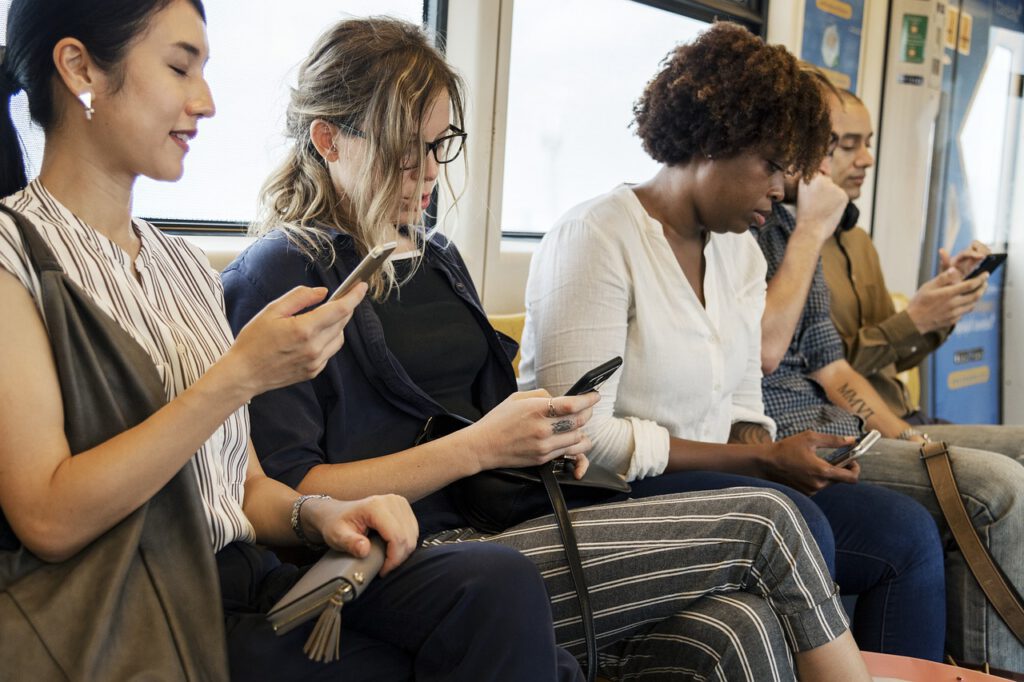More than a quarter of Brits use their commute to learn new skills #LearningNext

More than a quarter of Brits use their commute to learn new skills (and here’s what they could achieve in a year)
From learning to code to mastering a new language, one in four of the UK’s commuters say they’re developing new skills in the time between home and work, according to new research.
And given that the average commuter spends 58 minutes a day*, or 225 hours a year, on their way to and from work, there’s plenty to be achieved.
Based on national commuting statistics, the average UK commuter has more than enough time in a single year to:
- Get two professional accreditations from Google
- Complete a Red Cross online first aid course
- Learn to code to a basic level
- Listen to the entire Duolingo Spanish language podcast series and
- Read every book on the Oxford University undergraduate reading list for a Philosophy, Politics and Economics degree at Balliol College.
The research, conducted by ethical car recycling company Scrap Car Network, found that 27% of UK adults use their commuting time for self-education, with audiobooks, online courses and language apps proving to be popular productive pastimes.
Commuters aged between 18 and 34 are the most likely to hit the virtual classroom on their way to work, with 31% saying their primary commuting activity is educational.
But despite the obvious opportunities for self-development, not everyone is keen on turning their commute into a learning experience.
Over-55s are significantly less likely than young adults to work on new skills. Only 16% of people in this age group partake in educational activities.
Public transport users are the group most likely to work during their commute. Four percent of public transport commuters use their journey time to answer emails, make work phone calls and do admin. That means over the course of a year, on average this four percent are giving their employer approximately nine day’s worth of time each, for free.
On the whole, entertainment activities like listening to music or the radio, comedy podcasts and reading account for 57% of all commuting pastimes. Education accounts for 27%, social media and communicating with friends accounts for 15% and working accounts for 1%.
Habits vary between modes of transport too. Motorists, cyclists and pedestrians are more likely to engage in passive activities, such as podcast and audiobook listening. People using public transport are more likely to be active, engaging in activities such as reading and using social media.
Social media use is highest among those who commute by public transport. 16% of those who travel by train, tram or bus use social media as their primary time-killing activity, while none of those traveling by car or bike said it was their primary commuting pastime.
Car drivers are the most likely to dedicate their commute to education, with 29% of motorists saying the activity they do most on their commute involves learning or developing new skills.
About the study, William Fletcher, CEO of Scrap Car Network, says:
“Car drivers don’t have the option of engaging in the sort of active pastimes that rail and bus users do, so it’s interesting to see that almost three in ten of them have decided to make the most of the commute by learning and taking new knowledge.
“Since most new cars are equipped with smartphone connectivity, the options for accessing different types of content are greater and I anticipate this trend of drivers learning-on-the road will grow. And when you add up all of the hours commuters spend in their cars, it’s quite possible they could make serious progress in their chosen fields.”












Responses